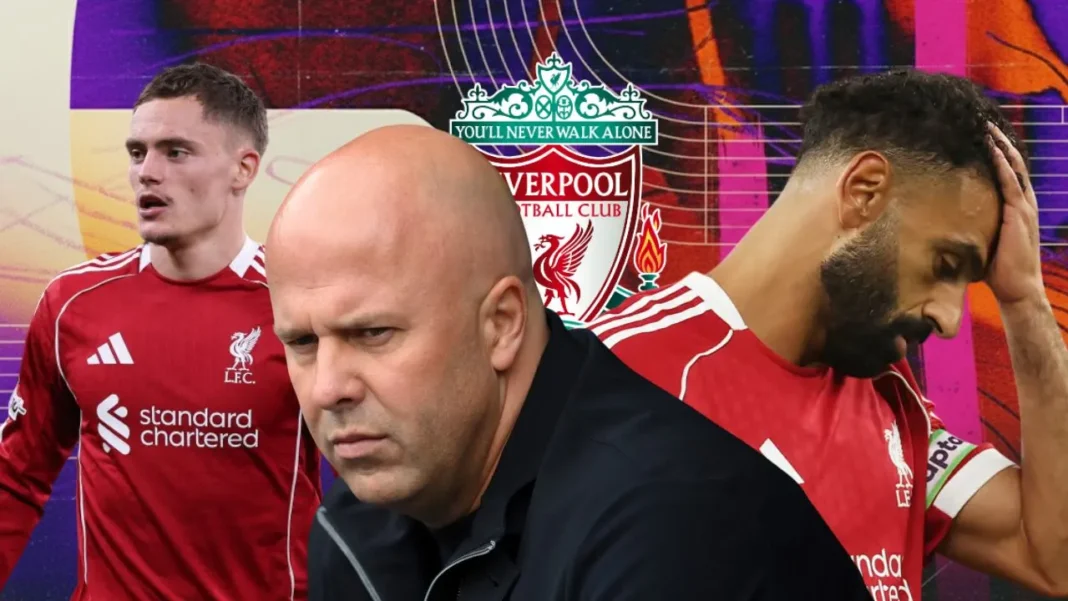Seven consecutive victories to start the season. Record-breaking summer spending is approaching £450 million. A manager delivering the title in his debut campaign. Then, suddenly, three straight defeats: Crystal Palace, Galatasaray, Chelsea, and Liverpool find themselves answering uncomfortable questions they thought belonged to last season’s mediocrity.
Arne Slot’s honeymoon period has ended abruptly, and the problems emerging across his squad aren’t isolated incidents. They’re systemic issues manifesting simultaneously in every department, creating the kind of instability that breeds inconsistency and undermines even the most talented squads.
The Illusion of Perfection
Liverpool’s “perfect start” was never quite as flawless as the seven-win record suggested. They lost the Community Shield to Crystal Palace, a warning conveniently forgotten. The opening league fixture against Bournemouth required late heroics. Arsenal were beaten via a set-piece rather than open-play dominance. Burnley needed a stoppage-time winner. In the Champions League, Liverpool repeatedly surrendered leads.
Jamie Carragher identified the vulnerability from matchday one: Slot’s insistence on playing an exceptionally high defensive line without the organisational control that characterised last season’s title-winning campaign. The ambition was admirable, but execution has been ragged, leaving gaps opponents exploit with increasing regularity.
The statistics are damning. When Liverpool scores first, they win. When they concede first, they lose. That stark dichotomy suggests a team lacking resilience and tactical flexibility to adapt when circumstances turn against them.
The Cost of Revolution
Arsene Wenger once counselled against making more than five changes in a single summer. Liverpool ignored that wisdom spectacularly, conducting wholesale squad reconstruction that inevitably breeds disruption.
Trent Alexander-Arnold’s departure created right-back instability rippling through the entire defensive structure. Florian Wirtz arrived from the Bundesliga as the new number 10, requiring adjustment time while affecting team chemistry. Mohamed Salah isn’t hitting his previous heights. Alexander Isak joined the attack but needs time to adapt to Liverpool’s system.
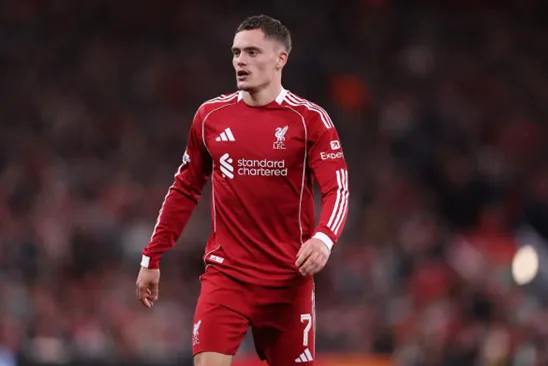
The domino effect extends further: with Wirtz occupying the central playmaking role, Dominik Szoboszlai has been deployed as an auxiliary right-back, a tactical solution speaking to desperation rather than design. Everywhere you look, moving parts fail to synchronise.
Heavy summer spending naturally elevated expectations to instant success, but squad chemistry isn’t something that can be purchased off the shelf. It’s built through training ground repetition, match experience, and time.
Salah’s Declining Influence
Mohamed Salah’s struggles epitomise Liverpool’s broader difficulties. He’s registered three or fewer touches in the opposition box in four of nine matches this season; compare that to just three times in 47 appearances last campaign. That’s a dramatic decline.
Part of the issue is age- Salah turns 34 soon, and explosive acceleration has diminished. But the larger problem is contextual: his partnership with Alexander-Arnold provided constant overlapping support that made him almost impossible to defend. With Trent gone and unfamiliar right-backs rotating through, that chemistry has evaporated.
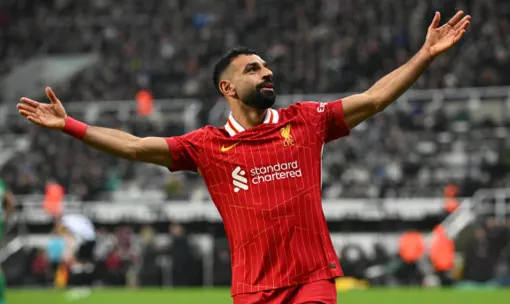
Inside, Salah now plays alongside Wirtz, Ryan Gravenberch, Alexis Mac Allister, and Curtis Jones, talented players, but ones he lacks instinctive understanding of. Last season, Salah knew where Trent would be, where Darwin Nunez would run. Now, he’s perpetually half a second behind, and that hesitation is costing him the margins that separate good performances from great ones.
Defensive Disarray
Alisson Becker’s injury, potentially six weeks on the sidelines, compounds Liverpool’s defensive fragility. Caoimhín Kelleher steps in, capable certainly, but changes at goalkeeper inevitably disrupt defensive organisation.
Both full-back positions are experiencing rare simultaneous upheaval. Andy Robertson is injured, Joe Gomez appears unsettled, and Ibrahima Konate is navigating contract complications. These aren’t catastrophic individual problems, but collectively they create instability that elite teams cannot afford.
The result? Liverpool has become too easy to play through. Data suggests opponents aren’t creating enormous volumes of chances, but they’re getting into dangerous positions far too frequently. That’s a tactical problem requiring systematic solutions.
The Emotional Undercurrent
Beneath the tactical issues lies emotional trauma that cannot be quantified statistically. Diogo Jota’s tragic death before the season cast a shadow that still lingers. The dressing room is processing unprecedented grief while simultaneously trying to integrate new players and meet sky-high expectations.
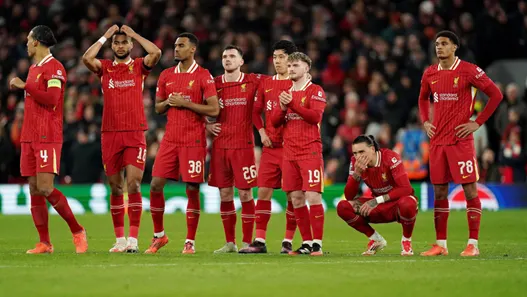
Luis Díaz’s absence is underappreciated; he contributed far more than most realise, both on the pitch and in the dressing room. These human elements don’t appear on tactical whiteboards, but they fundamentally shape how teams perform under pressure.
Slot’s Defining Moment
This represents Arne Slot’s first genuine crisis as Liverpool manager. Last season’s difficult moments were buffered by novelty- a new manager, an unexpected title triumph. Now, after record spending and elevated expectations, there’s nowhere to hide.
His decision to rotate midfielders into defensive positions against Chelsea exposed the limits of tactical versatility. Liverpool needs stability in selection, not perpetual experimentation. The midfield rotation has been particularly problematic; constant changes prevent partnerships from developing.
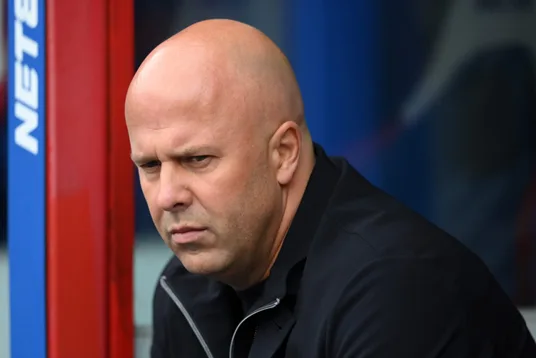
Last season’s title run was built on consistency in team selection, allowing players to develop understanding and automaticity. That’s been absent this campaign.
The Path Forward
Liverpool sits just two points off the Premier League summit, so talk of a crisis remains premature. The international break offers time for Slot to reset, for injured players to recover, and for new signings to accelerate their integration.
Crucial fixtures loom: Manchester United, Real Madrid, Manchester City. These matches will define whether Liverpool’s early-season wobble was a temporary adjustment or something more fundamental. Slot needs to identify his best eleven and stick with them, allowing chemistry to develop through repetition.
The talent within the squad remains undeniable. Wirtz will settle, Isak will adapt, and defensive partnerships will solidify. But patience is required, something modern football rarely affords managers, especially at clubs of Liverpool’s stature.
The question isn’t whether Liverpool can recover. It’s whether they’ll be given the time to do so properly, or whether panic will prompt further changes that only deepen the instability. Slot’s biggest challenge isn’t tactical, it’s convincing everyone that the problems are solvable and that consistency will eventually yield expected results.
Right now, the Red Machine has stalled. Whether it roars back to life depends entirely on what happens next.

